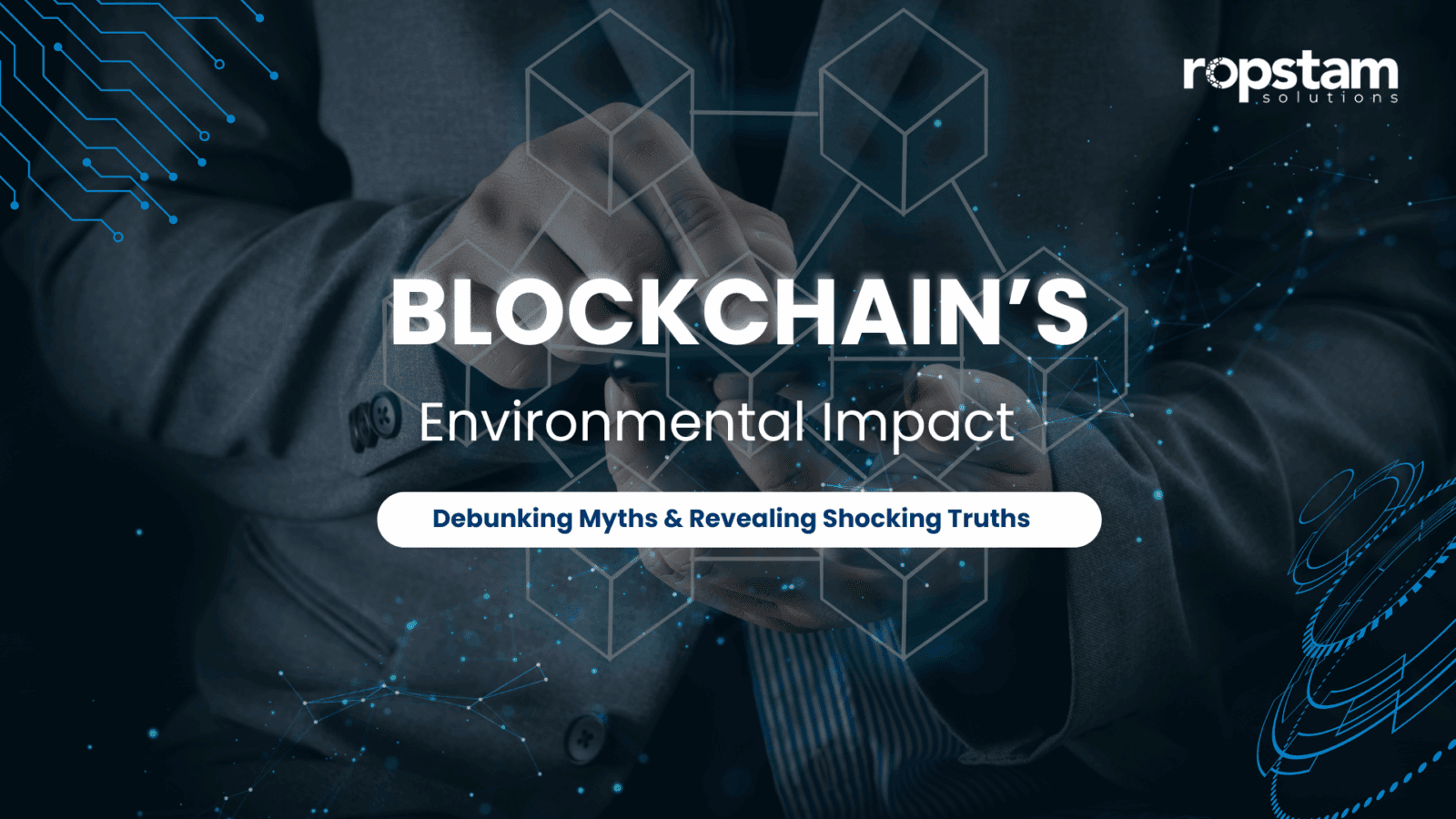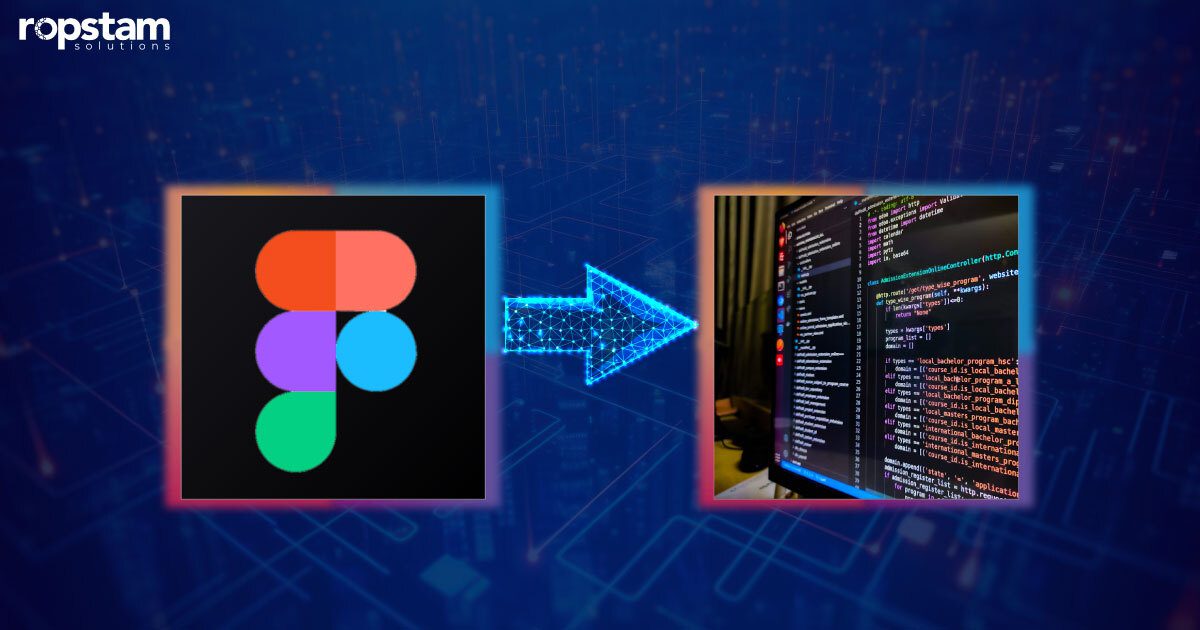Decentralized Finance (DeFi) has rapidly emerged as one of the most transformative innovations within the blockchain ecosystem. By leveraging the principles of decentralization, transparency, and accessibility, DeFi has begun challenging the centuries-old legacy of centralized financial systems. DeFi is reshaping how individuals and institutions interact with money and financial services, from enabling peer-to-peer lending without intermediaries to allowing borderless, permissionless asset trading. This blog explores the journey of DeFi—from its foundational principles to its advanced use cases and future potential—offering a comprehensive perspective on a movement redefining global finance.
Understanding the Foundations of DeFi
DeFi refers to financial applications built on blockchain networks, particularly Ethereum, that operate without traditional financial intermediaries like banks, brokers, or clearinghouses. Unlike centralized finance (CeFi), where centralized authorities manage and control funds and services, DeFi relies on smart contracts—self-executing code that runs on blockchain networks.
The origins of DeFi can be traced back to Bitcoin, the first decentralized digital currency. However, Bitcoin’s limited scripting capability led to the creation of Ethereum, which introduced programmable smart contracts. With Ethereum, developers could build complex decentralized applications (dApps) that mirror traditional financial instruments in a decentralized manner, marking the beginning of the DeFi revolution.
What Makes Finance “Decentralized”?
The term “decentralized” in finance implies the removal of central authorities or intermediaries from the control and execution of financial services. DeFi achieves decentralization through:
Smart Contracts: Automate financial transactions and remove the need for intermediaries.
Open Protocols: Transparent and auditable by anyone.
Permissionless Access: Anyone with an internet connection and a crypto wallet can access DeFi services without KYC (Know Your Customer) or approval.
Self-Custody: Users retain control of their private keys and assets, eliminating third-party custodianship.
Decentralization fosters inclusivity and accessibility, significantly reduces transaction costs, increases transaction speed, and enhances security by eliminating central points of failure.
Core Building Blocks of DeFi
DeFi is constructed upon several foundational components, each playing a crucial role in creating a robust and functional ecosystem:
Decentralized Exchanges (DEXs)
Platforms like Uniswap and SushiSwap enable users to trade tokens directly from their wallets using automated market makers (AMMs), without relying on a centralized order book.
Lending & Borrowing Protocols
Protocols like Aave and Compound allow users to lend their crypto assets in exchange for interest or to borrow assets by providing collateral, entirely programmatically.
Stablecoins
Stablecoins, such as DAI, USDC, and USDT, are crucial for maintaining price stability in volatile cryptocurrency markets and facilitating transactions without relying on fiat currencies.
Yield Farming and Liquidity Mining
DeFi incentivizes users to provide liquidity to protocols in return for governance tokens or interest, unlocking new avenues of passive income.
Governance Tokens
Tokens such as COMP or UNI give holders voting rights in protocol decisions, enabling community-driven evolution of DeFi platforms.
Cases Transforming the Financial Landscape
The impact of DeFi extends beyond speculative trading and has started to reshape foundational aspects of the global financial ecosystem.
Cross-Border Payments and Remittances
Traditional remittance systems, such as SWIFT or Western Union, are slow and expensive. DeFi protocols enable real-time, low-cost cross-border transfers using blockchain networks. For example, stablecoins and Layer-2 networks like Polygon or Arbitrum facilitate international payments with reduced fees and latency, making financial interactions more equitable for global users.
Inclusive Microfinance and Underserved Markets
A significant portion of the world’s population remains unbanked due to systemic limitations and economic barriers. DeFi introduces a borderless and permissionless financial infrastructure where users need only a mobile phone and internet access. Through decentralized lending platforms and collateralized loans, individuals in developing economies can participate in the economic system, secure funding, or generate returns, often under more favorable conditions than those offered by traditional institutions.
Tokenization of Assets
Tokenization refers to the representation of real-world or digital assets on the blockchain. DeFi can tokenize and fractionalize assets like real estate, artwork, stocks, or intellectual property. This enhances liquidity and accessibility by allowing users to own and trade portions of high-value assets, democratizing investment opportunities and increasing global market efficiency.
Navigating the Complex Regulatory Landscape
DeFi operates in a largely unregulated or loosely regulated space, despite its potential, which raises numerous legal and compliance challenges.
Global Regulatory Perspectives
Governments and regulators worldwide hold varying perspectives on DeFi. While countries like Switzerland and Singapore adopt a proactive stance with regulatory sandboxes and crypto-friendly policies, others, such as the U.S., maintain a cautious or adversarial approach, citing concerns over investor protection and financial stability.
The lack of uniform regulatory frameworks creates uncertainties for developers, investors, and users alike. However, initiatives like the Financial Action Task Force (FATF) guidelines and the EU’s MiCA (Markets in Crypto-Assets) regulation signal the beginning of structured global oversight.
AML/KYC Dilemmas in a Permissionless System
DeFi’s open and permissionless nature directly conflicts with Anti-Money Laundering (AML) and Know-Your-Customer (KYC) requirements. Protocols are non-custodial and often governed by decentralized autonomous organizations (DAOs), raising the question: Who bears the regulatory responsibility?
Some DeFi platforms are experimenting with “Know Your Wallet” models or integrating identity solutions like Soulbound Tokens and zk-SNARKs to balance compliance and privacy. Yet, achieving complete regulatory alignment without compromising decentralization remains a formidable challenge.
Technological Innovations Powering DeFi’s Next Wave
As the DeFi landscape matures, new technologies are emerging to address its limitations and unlock further potential.
Layer-2 Scaling and Interoperability
Ethereum’s high gas fees and network congestion have prompted the rise of Layer-2 solutions such as Optimism, Arbitrum, and zkSync. These rollups process transactions off-chain while maintaining Ethereum’s security, enabling faster and cheaper transactions.
Moreover, cross-chain interoperability—enabled by protocols like Polkadot, Cosmos, and Chainlink CCIP—allows DeFi applications to communicate across different blockchains. This fosters composability and unlocks a broader universe of financial possibilities.
The Rise of DeFi 2.0
DeFi 2.0 represents the next generation of decentralized finance applications, aiming to address the shortcomings of earlier models. Key aspects include:
Protocol-Owned Liquidity (POL): Instead of relying on yield farming incentives, platforms like OlympusDAO own their liquidity, ensuring stability and reducing sell pressure.
Risk Management Mechanisms: More sophisticated collateralization models and insurance protocols, such as Nexus Mutual, enhance security and trust.
Sustainable Tokenomics: Improved governance and incentive structures prevent inflationary pressures, thereby strengthening the long-term viability of the protocol.
Challenges Hindering Mass Adoption
Despite its progress, DeFi must overcome several critical hurdles before achieving mainstream adoption.
Security and Exploits
DeFi protocols have become lucrative targets for hackers. Flash loan attacks, rug pulls, and smart contract vulnerabilities have resulted in billions of dollars in losses. While audits and bug bounty programs offer some protection, the trustless nature of DeFi means that once funds are lost, recovery is nearly impossible.
Emerging solutions, such as formal verification, multi-signature wallets, and decentralized insurance, aim to enhance security. Still, the sector must prioritize robust protocol design and proactive risk mitigation to gain user confidence.
User Experience and Education
DeFi platforms often present a steep learning curve. Managing wallets, understanding gas fees, and navigating protocols can be daunting for non-technical users. A lack of intuitive interfaces and real-time support further hinders adoption.
Improving UI/UX, integrating fiat on-ramps, and investing in user education are crucial for onboarding the next wave of users. Projects like Argent and MetaMask’s onboarding guides are early steps in this direction.
Conclusion
Decentralized Finance is no longer a niche experiment but a rapidly evolving ecosystem redefining the global financial paradigm. From democratizing access to capital and breaking down cross-border barriers to enabling new forms of asset ownership, DeFi holds the potential to revolutionize the way the world interacts with money.
However, realizing this potential requires addressing complex regulatory, technical, and educational challenges. With continuous innovation in scaling, governance, and interoperability, DeFi is poised for further growth. As we move towards DeFi 2.0 and beyond, collaboration among developers, regulators, and users will be crucial in building an inclusive, secure, sustainable, and decentralized financial future.












